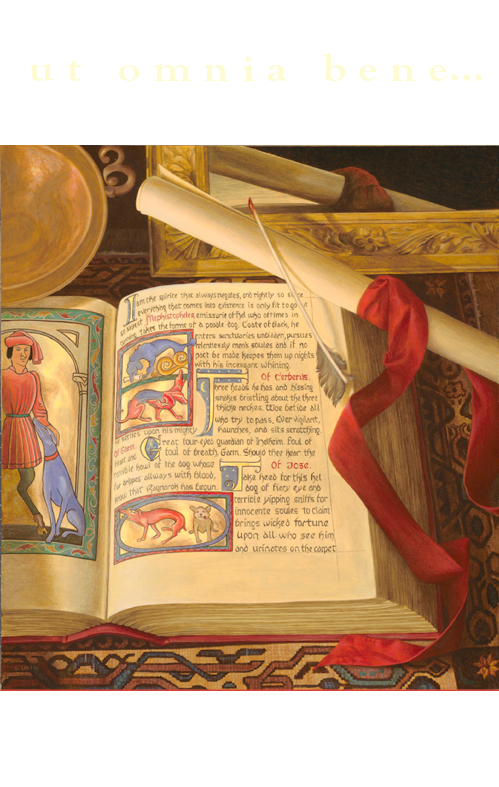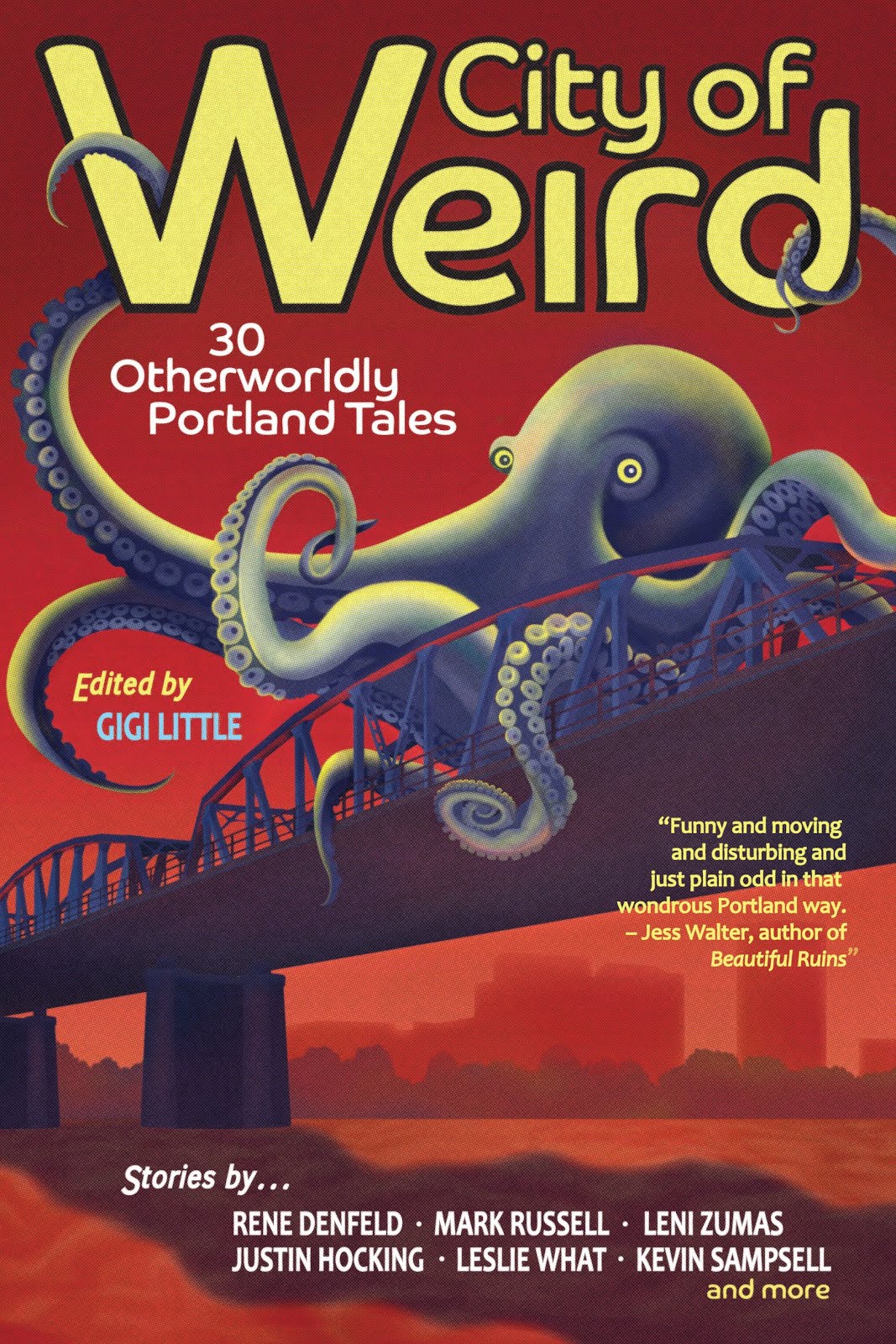
Back to back theater nights, back to back body. Friday night it was The Body of an American at Portland Center Stage, and last night it was Body Beautiful at the Keller Auditorium for the opening night of Oregon Ballet Theatre's 2012/2013 season. I have to say, the ballet was the perfect complement to the play.
Complement's not the right word - I first thought
antidote, but that would make it sound like I didn't enjoy The Body of an American, which I did. But after you fill your mind with human suffering and complex characters and conflicts and the whole art/death/respect conundrum [which I wrote about
here], it's lovely to go to the ballet and let go, be transported.
Body Beautiful is being produced in conjunction with the Portland Art Museum's Body Beautiful exhibit, which takes a look at the influences of classical Greece. [The paintings I include below aren't in that exhibit - not that I know of - but I thought in keeping with the theme, I'd put a few in.] The ballet Body Beautiful consists of four different pieces, most of which also take their influences from classical Greece...
 |
Apollo and Two Muses -
Batoni Pompeo - 1741 |
|
"Apollo"
Composer: Stravinsky
Choreographer: Balanchine
The story.
Apollo, son of Zeus and Leto, god of music, poetry, oracles, plague, etcetera, dances with three of the muses - Calliope [epic poetry], Polyhymnia [sacred poetry - although Stravinsky identified her as mime] and Terpsichore [dance]. The muses each try to garner Apollo's attentions, and he chooses the one you'd expect him to choose in a ballet.
The execution.
Balanchine, man. He's like the Busby Berkeley of ballet. At least that's the feel I got from his Apollo. Stephen says it's kind of heretical to compare Balanchine to Berkeley, but I mean it with full respect, knowing that in Balanchine's case, we're talking about
real dancing. His Apollo was full of tableaux created of the human body, geometric and flowing. I enjoyed the story aspect when the muses were vying for Apollo's eye, but my favorite parts were when all four bodies were working at once, creating lovely patterns of body.
*
 |
Le Nouvel Orphée -
Stephen O'Donnell - 2009 |
"Orpheus Portrait"
Composer: Liszt
Choreographer:
Kent Stowell
The Story.
Eurydice dies and her love Orpheus descends into Hades to try to bring her back. The only way he can do this is by never looking her in the face. Eurydice, not understanding, is distraught and tries with everything she has to get him to look at her. When she succeeds, she dies, and he loses her forever.
The Execution.
Lovely presentation of two dancers alone on stage, particularly poignant when the two danced without looking at each other. I actually wished that portion of the ballet were longer - there were so many opportunities for interesting moments between the two as one moved
toward and one moved
away from the other. Nice stage effect at the end when Eurydice died and Orpheus laid her body in the rippling fabric waves of the River Styx and let her go.
*
 |
| Narcissus - Caravaggio - 1599 |
"Ekho"
Composers:
Bach and Gluck
Choreographer:
Christopher Stowell
The Story.
The nymph Echo falls in love with the beautiful hunter Narcissus. When he rejects her, she wastes away until all that's left of her is her voice. Then Narcissus, resting by a spring, falls in love with his own reflection in the water, and, unable to pull himself away from the image of his own beauty, wastes away, himself, until all that's left is a flower.
The Execution.
For this ballet, they changed the story up, folding the two parts in together so that as Narcissus dances with his own reflection, Echo fights to get between them, to break his obsession, and fails. As a fruit fly from way back, I couldn't help but love this sensual dance between two men. And the three dancing together, with the beauty of the two men mirroring each other offset by the woman's very different moves, made for lovely geometry. The dancing was very fluid, and the towering, at times hanging, at times moving, jellyfish-like shapes made of
tyvek all around the stage made it feel like the story was taking place underwater or maybe trapped in the reflection across the water's surface.
*
"The Second Detail"
Composer: Thom Willems
Choreographer: William Forsythe
The Story.
There's no story for this one. It's the one piece of the evening not locked into a classical myth, a modern piece that had its world premier in Toronto in 1991 - but OBT concluding Body Beautiful with this ballet reminds us that even far flung dances have their roots ultimately in classical times.
The Execution.
Fascinating. When the music started - modern, synthesized, highly rhythmic and yet disrhythmic at the same time [I guess that's not a word, but I like it, so I'm keeping it] - I worried the piece would be too jarring. Sometimes I feel put off by modern dance, but I found myself grinning throughout this one. It was a large group, alternately dancing and sitting on chairs lined up at the back of the stage. The ballet was like fourteen different ballets shuffled together into one. [I could have the number of players wrong. I believe they said fourteen in the preview, but it looked like more.] The dancers executed different moves at the same time, all rhythmically lined up, often similar moves so that somehow instead of coming off as random, it all felt completely connected, completely dynamic.
One of the things Stephen noticed about this piece was the way the dancers, when not in motion, relaxed. They walked off stage, they sat in the chairs, they stood with a hand on a hip, waiting. Then in an instant, when it was time for each to dance, that relaxation sprang into lovely motion again. He found this really intriguing, although to be honest, I didn't even notice it. I was so riveted on the dancers in motion, trying to figure out just how the seeming randomness came together into something so cohesive. Like leaves in a wind - that's the image that kept coming to me. This flashing, trembling, beautiful thing.
Body Beautiful is playing at the Keller Auditorium until October 20th. Check out all sorts of other interesting stuff about the ballet on the OBT blog
here.


















